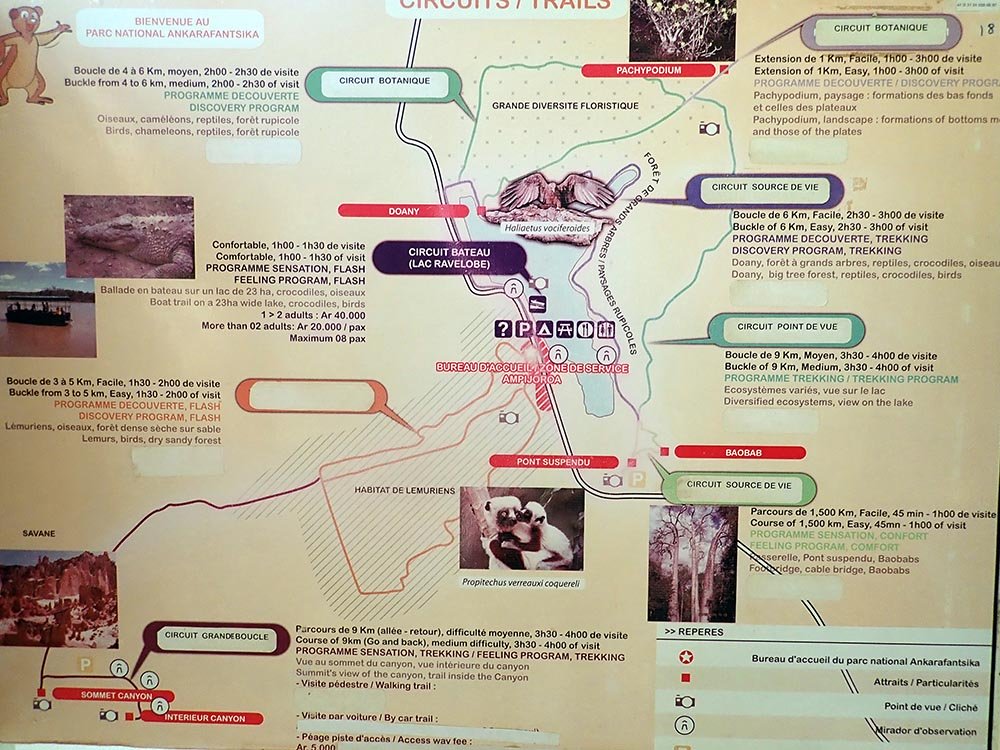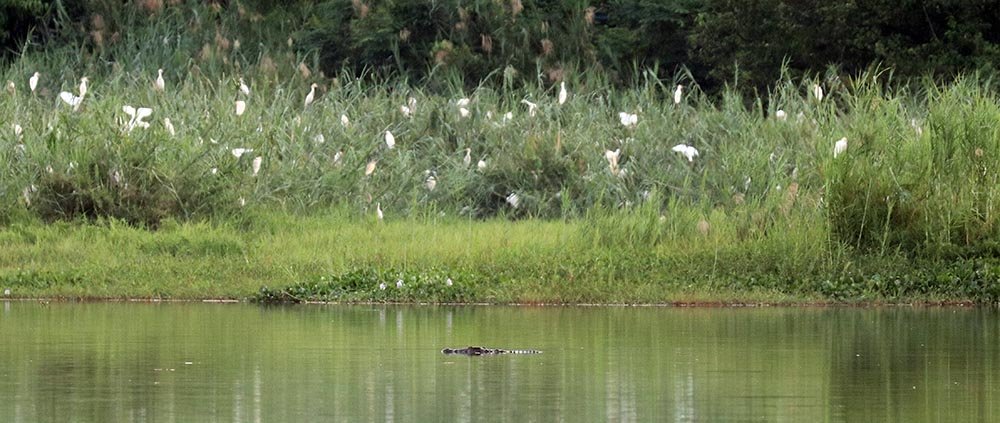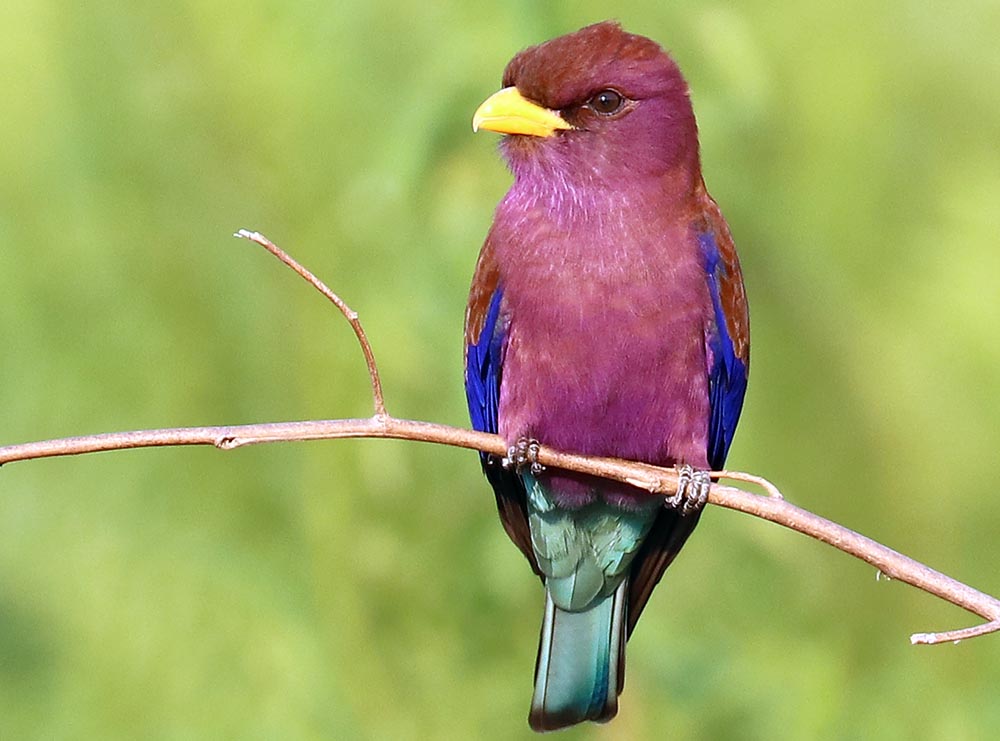ecosystem-guides.com
....exploring the planet's ecosystems
Ankarafantsika National Park
Madagascar
Ankarafantsika is one of Madagascar's great national parks, dominated by dry forest with many amazing species of plants and animals...
Personal experience
I have visited this park and stayed for several days and nights...
Access & accommodation
It takes a day to drive from the capital of Tana to Ankarafantsika National Park. The main 'highway' goes across the largely denuded central highlands, then eventually cuts right the through the middle of the park.
The main National Park centre contains accommodation, a great little restaurant, and the information centre where you have to book your guides. It is also a very good place for wildlife; here I saw snakes, lemurs and many birds. Across the road is the large Lake Ravelobe. The accommodation at the park heaquarters Gite d'Ampijora is varied. The national park centre includes bungalows near the lake. I would recommend these, if you can book them early enough. Failing that, there are some very simple concrete rooms near the centre. They are not great, but they are cheap, and you won't spend much time in there anyway. Failing that, there are also campgrounds. There is a large range of walks, with various lengths and difficulties. There is a map of these walks at the ranger centre.
 Map of Ankarafantsika National Park
Map of Ankarafantsika National ParkAs with any national park in Madagascar, you have to be accompanied by a guide. They are usually very knowledgeable and know the location of many species. Most of the trails are on sand and rock, and traverse through seasonally dry tropical open woodlands.
One of the trail choices is an entire circumnavigation of the Ravelobe Lake, which takes several hours. You can also cruise the lake in a small boat.
 (Lake Ravelobe)
(Lake Ravelobe)Another long walk ends at an eroded valley called Lavaka of Ankarokaroka. The Pachypodium walk takes you to some sandy ridges where these strange bulbous trees are often in flower. Another walk that starts at the lake takes you to two very tall north-western Baobabs.
There are several species of lemur that can be seen in the park, and often very close to the centre. When I was there, it seemed that once a day a troop of Coquerel's Sifaka would come dancing through the national park headquarter's grounds.
There are also nocturnal lemurs here. As with most Madagascan national parks, there is no night spotlighting permitted on the trails in the protected areas, however, some of these species can be seen just around the headquarters at night, and there also the option to go spotlighting on the outside edge of the park area with the local guides upon request.
There are many species of bird to be seen here, including some right at the national park centre.




